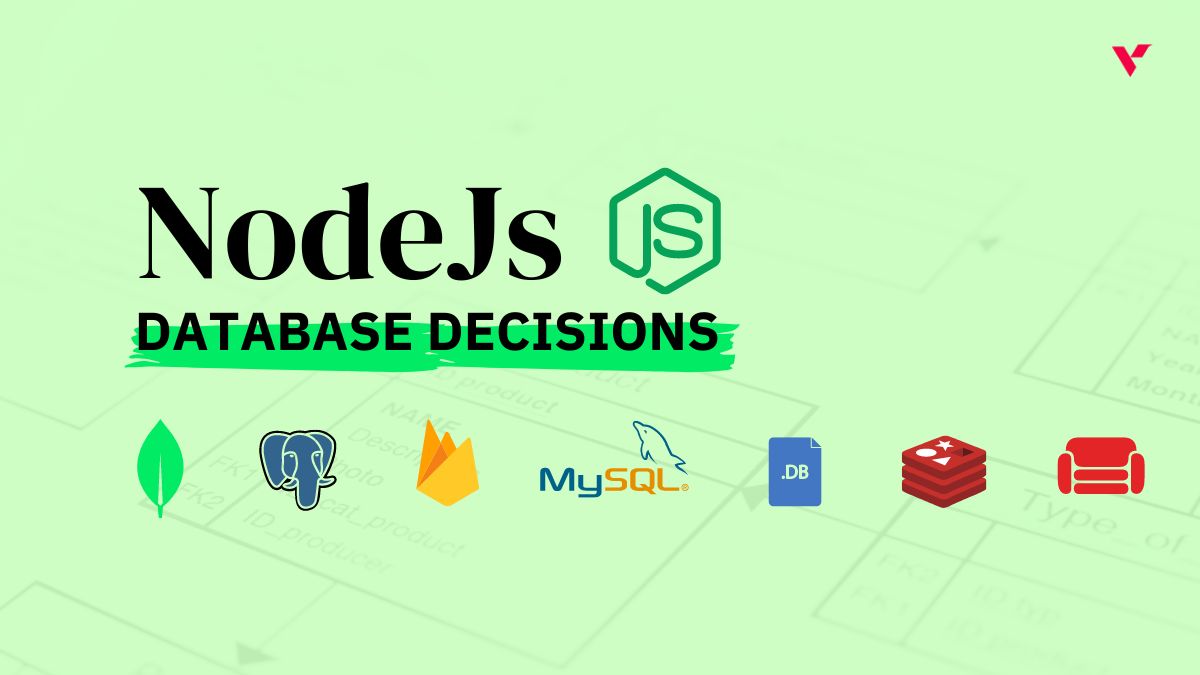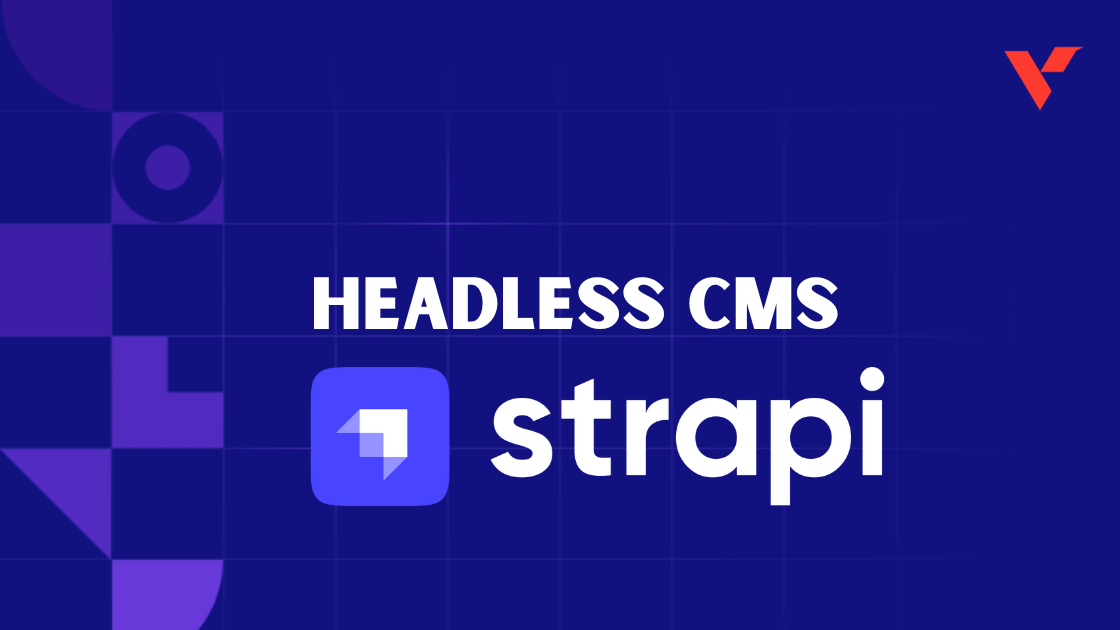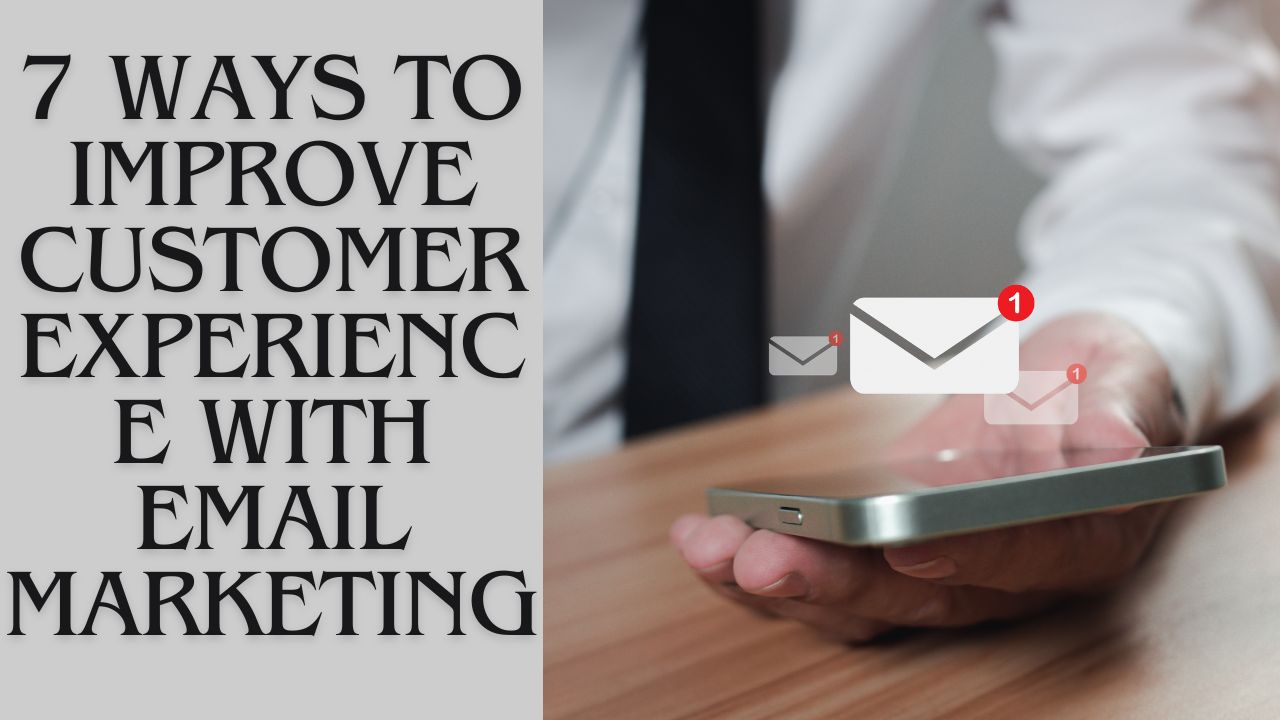Popular Tools by VOCSO
Your website is one of the most important aspects of your ecommerce business. The strength of your website will determine how likely customers are to buy your product and can therefore make or break your business.
In order for a website for an ecommerce business to be effective, it needs to showcase your products, convey your brand and encourage your customers to purchase your products. This means it has to be engaging, and professional, and make it as easy as possible for shoppers to make their purchases.
Here are our top tips for building an effective website for your ecommerce business that will put your business in a strong position for success.
Table of Contents
How To Build an Ecommerce Website
When running an ecommerce business, you have two main options. Either you can launch a store on a marketplace like Amazon, or build your own ecommerce website. Both of these approaches have their advantages: if using a platform like Amazon, you have a ready-made customer base to tap into, if you play your cards right in terms of ranking. Building your own ecommerce website, however, means you have complete freedom over the site’s layout and structure, making it much more effective in terms of establishing your brand and building a customer base. Having your own website also signals to customers that you are a serious business, which is why many ecommerce businesses opt for this route.
If you have the budget for it, you may choose a custom website built with a professional website designer. However, if you are just starting out, this may not be an option. In this case, if you have some level of technical skills (or are willing to learn) you can quite easily build your own ecommerce website using a website builder. All you will need to do is choose your website builder and set up a domain for your site, which in many cases can be done through the website builder, and you’ll be ready to go! Not sure which website builder is right for you? We’ll break this down in the next section.
The Best Website Builders for Ecommerce Businesses
There are a number of website builders available for those looking to build a website for an ecommerce business. More and more businesses are using these platforms to create their own website, and they can equally be used to create online stores. There are those which are exclusively designed for ecommerce sites, as well as more general website builders with features that make them suitable for building ecommerce sites. With your sales and profits relying on the quality of your site, it is important to take the time and choose the best website builder for you.
Arguably the best ecommerce website builder is Shopify, which is a custom ecommerce site builder. This tool has a range of powerful features, including outstanding inventory and sales tools, multiple payment options, customer login, SEO tools, and design customization. Even though it is packed with features geared specifically to online stores, the platform is still easy to use even for beginner website creators, making this an excellent all-round choice.
Wix is another good choice when it comes to building an ecommerce site. This general website builder is well-known for being an easy-to-use platform for beginners, and the same is true when it comes to building ecommerce sites. Wix’s simple interface is easy to navigate and it is possible to create a professional, engaging site with little technical knowledge or experience. However, this platform is more limited in terms of sales tools compared to Shopify.
How to Build the Best Ecommerce Website
With anywhere between an estimated 12 million to 24 million ecommerce businesses operating worldwide, if you want your business to be successful, it is absolutely essential to be competitive. And with your website being such a critical component for your ecommerce business, being competitive means having a great, engaging, and effective site.
Here are our top tips for building an effective website for your ecommerce business.
#1. Know Your Brand
Your ecommerce site should represent your brand inside and out, from the domain name to the finer points of design and the images you use. Before you begin the process of creating your site, make sure you have a strong communications strategy in place that includes your brand tone and vision. Having a clear vision of your brand will help you to strongly convey your branding through all aspects of your site.
Visual elements are key when it comes to branding. Use of color improves brand recognition by up to 80%, so make sure to have a clear color story for your business which is implemented on your site. Graphics, images, and typeface are other elements that are critical for branding. The general layout and overall design of your site also convey your brand’s tone and voice: minimalist, modern, traditional, and other tones can be demonstrated through the overall feeling of your site.
#2. Prioritize User Experience
UX (user experience) is vital on any website, and arguably no more so than on ecommerce websites. Your primary goal is for your customers to stay on your site long enough to decide to buy your product and to actually go through with that purchase. The better their experience on the site, the more likely they are to do so. If they have a poor user experience, whether a slow site, poor layout, or simply boring, unengaging visuals, they are more likely to close the window and leave without having bought anything.
Here are some of the basic elements which contribute to a good user experience
- Everything should be designed with the user in mind
- The site must be quick and easy to navigate
- Design show be clear, simple, and visually appealing
- All elements should be geared toward your target audience
- The website should be easily “scannable”: most users scan rather than read
#3. Search Engine Optimization – SEO
Research shows that 87% of customers look for products through an online search first and foremost. This means that your customers are more probably likely to come across your site and therefore your products through a Google search. In order to make sure they find your products and not your competitors, you need great SEO.
SEO for online stores is no different from SEO for any other kind of website. Strong use of the right keywords is essential, as is building your domain authority through technical SEO and strong link building. There is no reason you can’t also use content marketing techniques on your ecommerce site. Having a blog on topics related to the products are selling, that truly provide value for your customer base is very effective in a number of ways. Not only is it one of the best ways to optimize your site for Google, content marketing also drives organic traffic to your site and builds relationships with your customers.
#4. Avoid or Minimise Cart Abandonment
Estimates for cart abandonment rates of online shoppers vary between 55-80% depending on the source. However, whatever the exact rate, there is no disputing that the majority of online customers abandon their cart before finalizing their purchase, which is obviously bad news for ecommerce stores. Therefore, one of the key aims of any ecommerce website must be to avoid or minimise cart abandonment.
To do this, it is important to understand the reasons why shoppers abandon their cart. By far the leading cause for cart abandonment is discovering previously unknown costs, with 53% of respondents to a Baymard Institute survey citing this as the reason. To avoid this issue, make sure all your shipping fees, taxes and other charges are clearly displayed and that this is integrated into the design of your online store.
#5. Focus on Sales
As previously mentioned, the key aim of your ecommerce site is to make sales. This should be the primary objective of everything on your site, and your design should always keep this central goal in mind. There are many other elements that can be useful to have on your site, such as a blog and other content, sign up tools, and brand information such as your brand history and story. However, it is critical to ensure that each of these elements do not distract your customers from making their purchase, but are rather geared toward this as the end goal.
This means that the dominant parts of your site, such as headers, the sections on your homepage and any popups should all be directly focused on getting sales. This does mean you can have other elements on your site such as a sign up form for your newsletter or a blog, but they shouldn’t pull too much focus. Don’t forget you can make these components on your site work for you by using them to direct visitors back towards a sale, for example by including sales-based calls to action in your blog posts.
Need help with your eCommerce website development project? We help our clients to build a custom eCommerce website for their business under the budget. To get youreCommerce business online, request a free quote or schedule a 30 minutes free call discussion with our experts about your new business website!


















